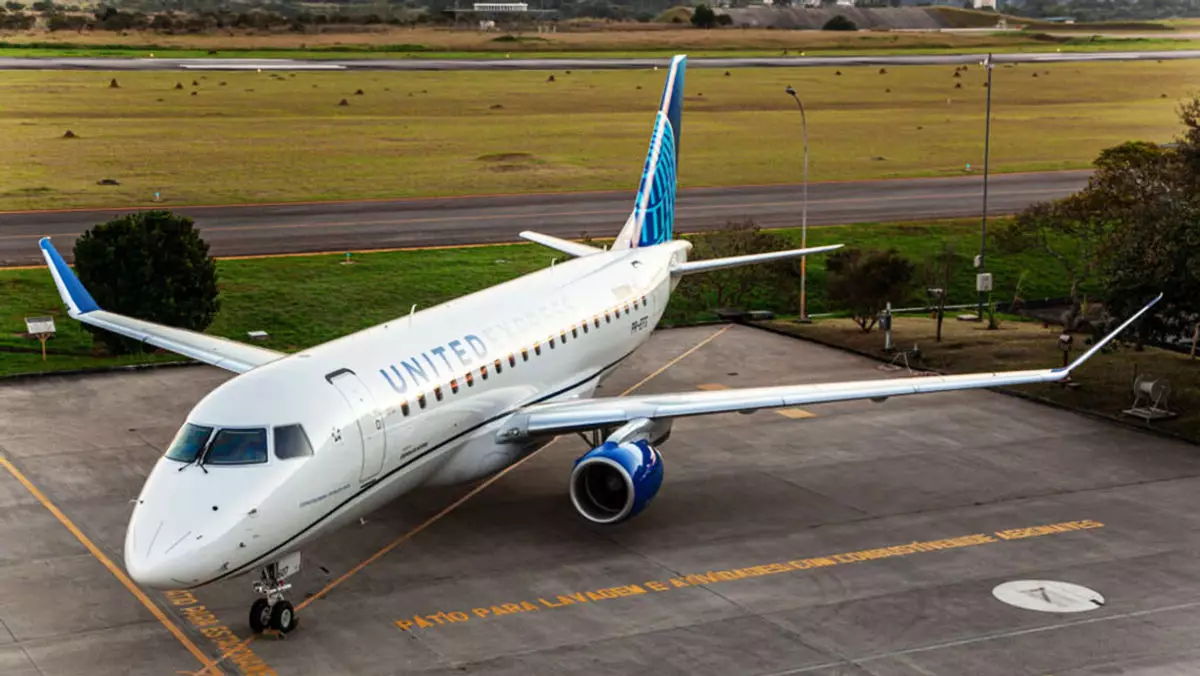Regional carrier Mesa Airlines recently made the decision to furlough twelve pilots and halt training for 41 incoming pilots, signaling a potential shift in the pilot shortage that has plagued the industry since the end of the pandemic. This move comes as a direct result of hiring freezes and reductions at major carriers, who often recruit pilots from regional airlines. Mesa, known for its regional flights under the United Express brand, attributed the furloughs to a significant decrease in attrition among its active pilot workforce.
CEO Jonathan Ornstein revealed that Mesa experienced attrition rates exceeding 25 pilots per month over the past two years. Additionally, the federal requirement for new pilots to accrue 1,500 hours of flight time has posed challenges for aspiring aviators, including those participating in Mesa’s Pilot Development program. However, Ornstein highlighted that attrition at Mesa has declined more rapidly than anticipated in recent months, partly due to the slowdown in hiring across the aviation sector. As a result, the industrywide pilot pipeline is expected to strengthen as individuals reach the necessary flight time requirements.
The reduced attrition rates and a more stable pilot workforce at Mesa will enable the airline to expand its operations with United. Currently, Mesa is operating 30% fewer seats for United in comparison to July 2019. The carrier also ceased flying for American Airlines in April of last year. Data from Cirium’s flight schedule indicates a significant decline in pilot hiring by major U.S. airlines, with hiring freezes implemented by Alaska, American, JetBlue, Southwest, Spirit, and United.
Pilot advisory firm FAPA cited Boeing delivery delays and Pratt & Whitney engine issues as key factors contributing to hiring pauses at major airlines. While these pauses may alleviate staffing concerns for regional carriers to some extent, challenges remain. FAPA emphasized that captains, rather than new entry pilots, are currently in high demand within the regional airline sector. The industry is cautiously optimistic about the future, as improvements in the pilot pipeline are anticipated as experienced pilots reach the 1,500-hour threshold.
The recent developments at Mesa Airlines underscore the evolving dynamics of the pilot shortage within the aviation industry. These changes illuminate the interconnectedness of hiring practices between regional and major carriers and emphasize the importance of a stable and experienced pilot workforce for continued operations and growth. Despite the current challenges, opportunities for advancement and improvement are on the horizon as the industry adapts to changing circumstances.

